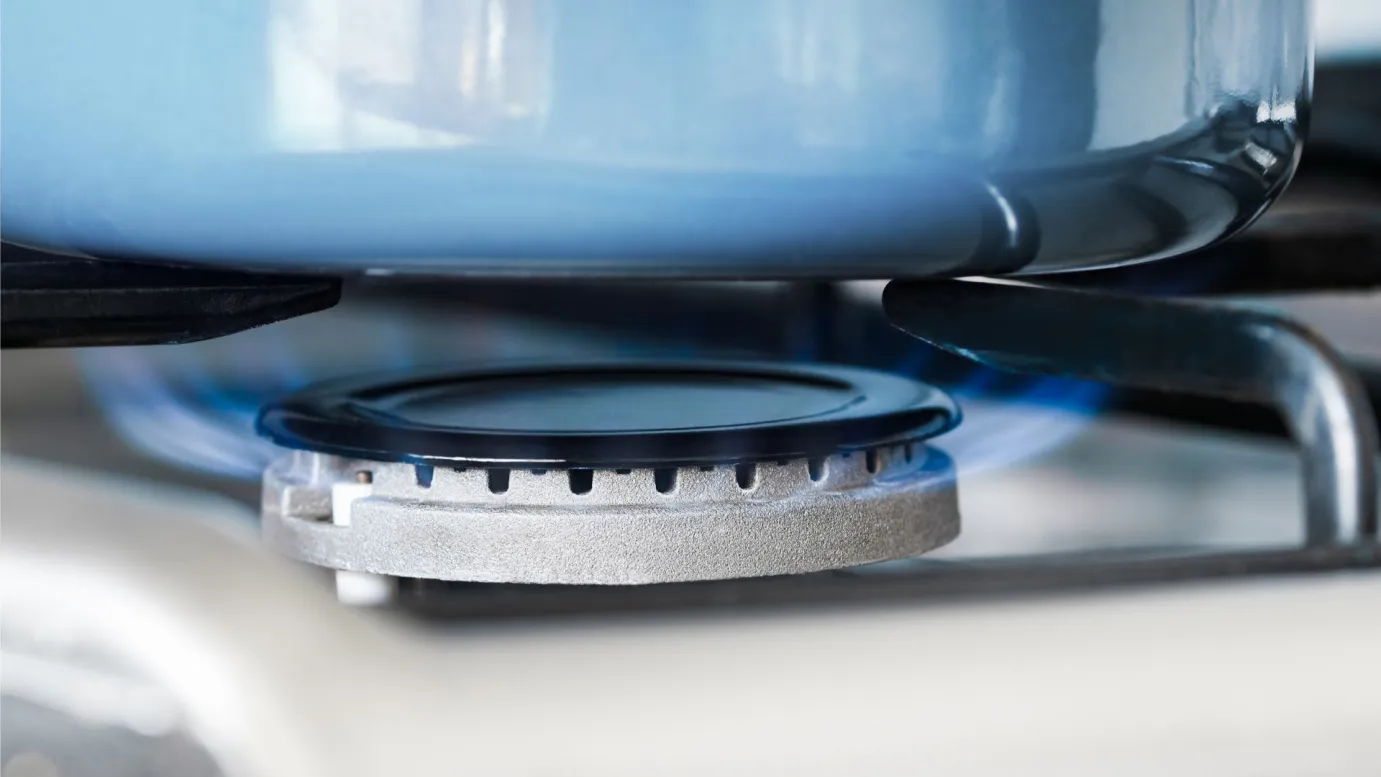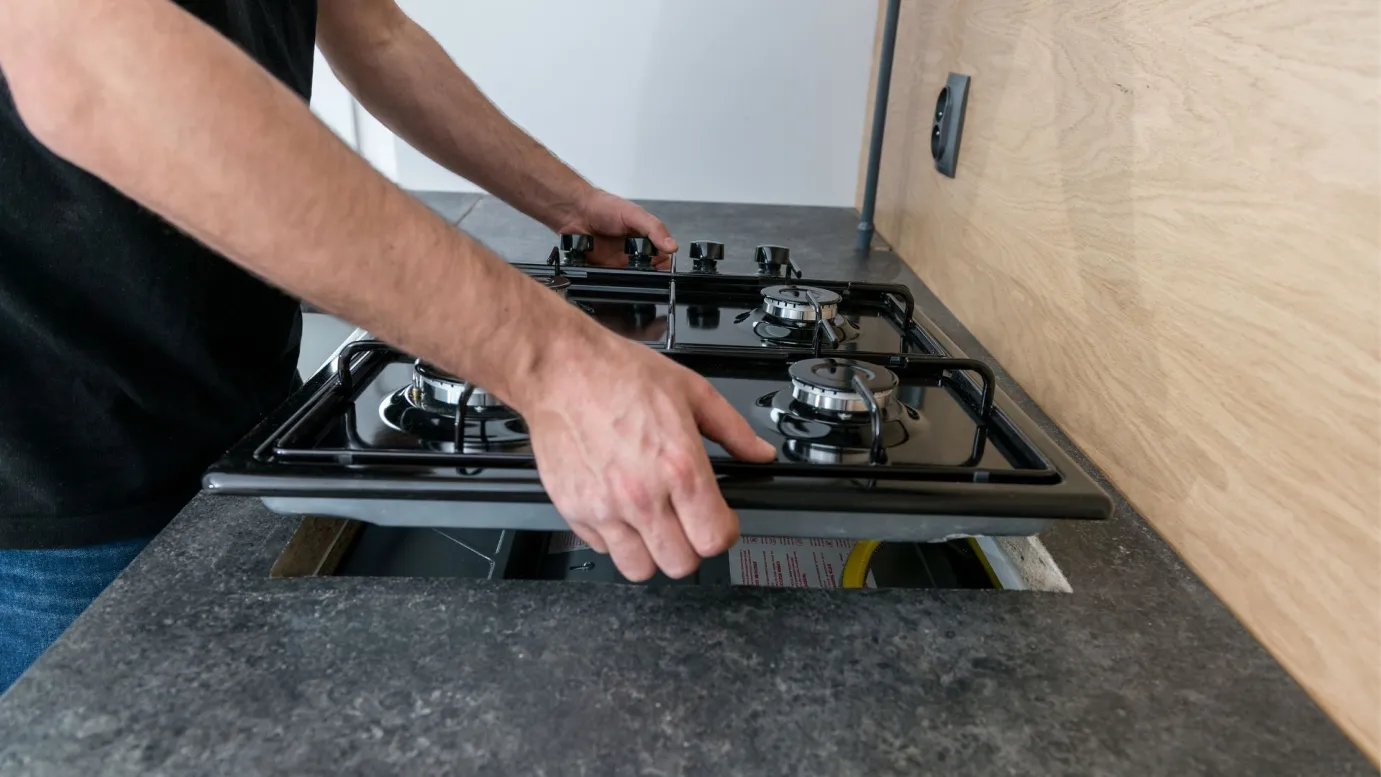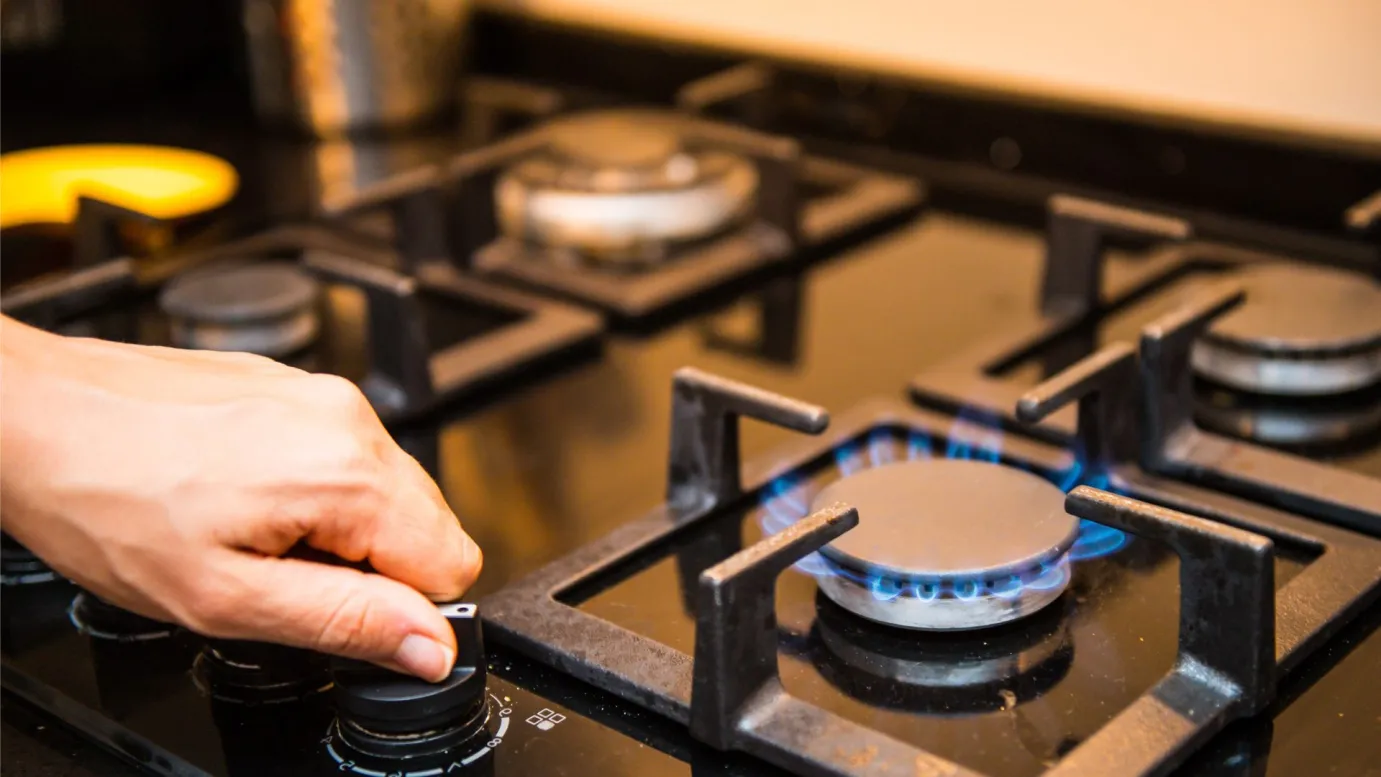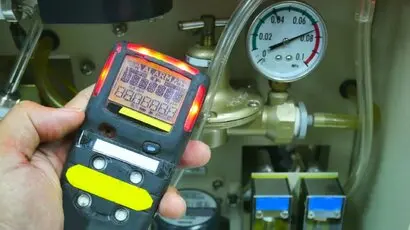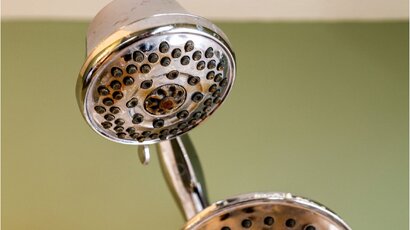Has your gas stove become more of a hassle than help? If dinner’s constantly delayed because the burners won’t light or the gas oven won’t hold heat, you’re not alone. Many households are starting to question the reliability and safety of their older gas appliances — and for good reason.
Uneven flames, fluctuating cooking temperatures, strange odours, and unexpected shutdowns are more than just annoyances; they’re telltale signs your stove might be due for a replacement. With growing conversations around indoor air pollution, nitrogen dioxide exposure, and the environmental impact of burning fuel, more people are also considering whether now’s the time to switch to electric stoves or an induction cooktop.
Understanding when to replace your gas stove isn’t just about convenience it’s about safety, performance, and protecting the air quality in your home.
Common Signs Your Gas Stove Needs Replacing
![]()
Wondering if it’s time to replace your gas stove? Start by watching how it behaves during everyday cooking.
- Struggling burners: If your gas cooktop takes forever to light or the flame won’t stay on, the ignition system may be worn out.
- Uneven heat or temperature drops: A good stove provides consistent heat. If you’re constantly adjusting your food to cook evenly, the heating elements or burners might be failing.
- Gas smells or visible damage: Persistent gas odours, warped burner grates, or cracked knobs aren’t just cosmetic issues — they can point to leaks or failing gas connections.
- Spiking gas bills: If your gas stove use hasn’t changed but your energy bills are creeping up, you may be losing efficiency.
- Age of the appliance: Most gas stoves last about 10 to 15 years. After that, replacement is usually more cost-effective than continued maintenance or repair.
Ignoring these warning signs can lead to bigger issues later. The good rule here? If your gas range shows multiple signs of decline, it’s time to explore better, more energy efficient kitchen appliances.
Safety Risks of Holding On Too Long
Old gas stoves aren’t just inefficient — they can be dangerous.
Leaks in gas lines, valves or fittings often go unnoticed, increasing the risk of fire or carbon monoxide exposure. Poorly maintained gas appliances can also release higher levels of nitrogen dioxide and particulate matter, both linked to respiratory issues and long-term health problems.
Faulty combustion can severely impact indoor air quality, particularly in homes without proper ventilation. This not only affects cooking performance but also exposes your family to unnecessary risks.
Local regulations also govern the safe installation and continued use of gas appliances. Using a gas stove that no longer meets compliance standards could lead to legal issues, especially during renovations or property sales.
Benefits of Upgrading Your Stove
![]()
A new cooktop offers more than just a fresh look — it can completely transform your cooking experience.
Modern gas stoves and electric appliances are designed to be more energy efficient, which helps cut running costs while reducing carbon emissions. Newer models also deliver improved control, faster cooking times and easier cleaning, with features like self-cleaning ovens or sealed burners.
Love a sleek kitchen? Today’s stoves come in streamlined finishes that blend effortlessly with other appliances like your fridge or new microwave.
Many households are now switching to electric or induction cooktops, both of which use electricity instead of natural gas or propane. Induction cooktops, in particular, are known for their precise temperature control, fast heat-up times and lower emissions — helping reduce carbon dioxide output and support broader climate change goals.
Upgrading isn’t just about style, it’s about performance, safety, and the environment.
Choosing Between Repair and Replacement
If your gas stove is playing up, repair might seem like the cheaper option — but only in the short term.
When repair costs start adding up or your gas oven breaks down more than it cooks, replacing it becomes the smarter choice. Older models often have outdated components, and sourcing spare parts can be both difficult and expensive.
Technological obsolescence is another issue. Many older gas appliances lack modern safety features like a flame failure device or child locks, putting you at a disadvantage both in function and compliance.
Frequent disruptions in cooking, rising maintenance bills, and poor performance all point to one thing time to replace your gas appliance and upgrade to something better suited to your current cooking needs.
Types of Ovens: Finding the Right Fit
Choosing the right oven can make all the difference in how you cook and how much energy you use. There are several factors to consider, including fuel source, cooking performance, and features that suit your daily needs.
1. Gas ovens
Popular in many households for their instant heat and responsive flame control. They’re ideal for those who prefer traditional cooking methods and don’t mind burning fuel to get that authentic baked finish. However, they can contribute to indoor air pollution and higher carbon emissions if not maintained properly.
2. Electric ovens
These use heating elements powered by electricity, offering consistent temperatures and better control for baking. They often come with features like fan-forced cooking and self-cleaning modes, making them a reliable and energy efficient choice.
3. Induction ovens
Often paired with an induction cooktop, these ovens use electricity and advanced tech to provide precise temperature control. They’re fast, modern, and better for air quality, as they eliminate the combustion process entirely.
4. Combination ovens
For those after flexibility, some models combine a microwave with a conventional oven or offer steam and convection options to enhance food quality and cooking times.
When comparing ovens, always look at energy ratings, safety features, and how well they pair with your next cooktop. Your choice should complement your cooking habits and fit seamlessly with other kitchen appliances.
What to Look for in Your Next Cooktop
Ready to find your next cooktop? A few key factors can help you choose wisely.
- Fit and size: Make sure the new stove fits your existing kitchen layout and bench space.
- Fuel type: Decide between a gas range, electric stoves, or an induction model based on your power supply and cooking style.
- Safety features: Prioritise models with a flame failure device, auto shut-off functions, and child locks.
- Energy ratings and warranty: Choose energy efficient models with a strong manufacturer warranty to reduce long-term costs.
- Smart features: Some stoves now offer wi fi connectivity, programmable timers, and touchscreen controls to streamline cooking.
Balancing these features with your budget, lifestyle, and cooking needs will help you get the most from your new appliance.
Don’t Make This Mistake When Replacing Your Stove
![]()
One major mistake most people make? Attempting a DIY gas installation.
It might seem like a simple swap, but connecting gas lines or removing a gas cooktop is illegal without a licensed gas fitter. Even a minor error can lead to serious gas leaks or fire hazards.
Always leave gas disconnection, removal, and new stove installation to certified professionals. Your safety and the law depend on it.
Time for a Safer, Smarter Kitchen
Upgrading your gas stove is more than just a home improvement — it’s a step toward safer cooking, lower emissions, and better long-term value. With modern kitchen appliances offering smarter features, improved energy efficiency, and enhanced safety, there’s never been a better time to make the switch.
But getting it right means working with a team that knows gas. Why WP Plumbing is the best gas fitting service in Melbourne comes down to experience, precision, and trust. Their licensed gas fitters handle everything from disconnection and gas line work to seamless installation, all in line with the latest safety standards and Australian regulations.
What makes WP Plumbing a trustworthy gas fitting service is their proven track record, attention to detail, and clear focus on customer satisfaction. They don’t just show up and install — they assess your space, listen to your cooking needs, and recommend the most suitable, compliant solution for your kitchen.
Whether you’re replacing an old gas cooktop or switching to electric or induction, contact WP Plumbing today to ensure the entire process is smooth, stress-free, and built to last.

